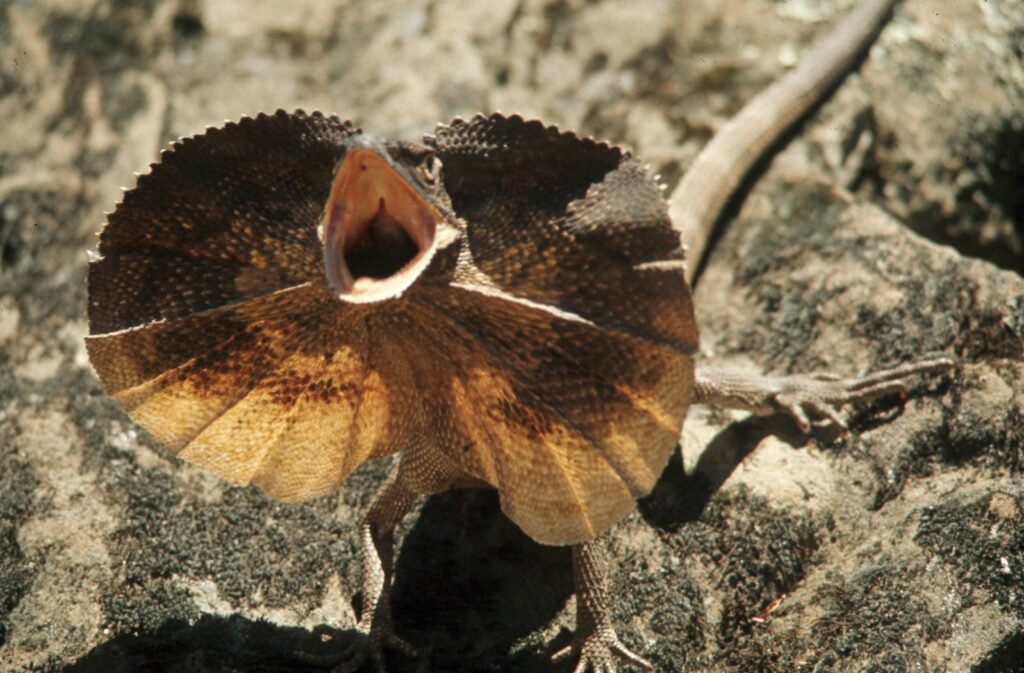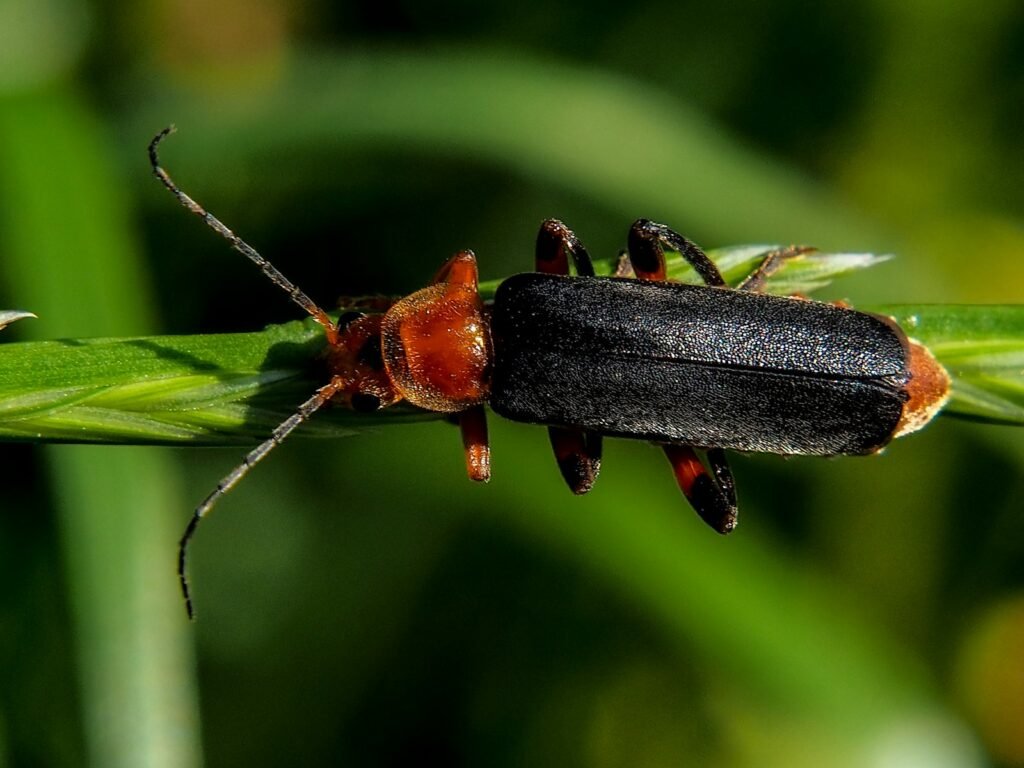Imagine walking through a sun-drenched desert or a leafy forest and spotting a snake gliding silently, a gecko frozen on a wall, or a lizard basking on a rock. You might think these reptiles are creatures of silence, their world devoid of chatter or song. But look closer—something astonishing is happening. They are speaking, just not in the way we do. Their language is silent, woven from movements, colors, and scents, telling stories of love, rivalry, danger, and survival. This hidden world of communication is as mysterious as it is fascinating, inviting us to decode the subtle signals that shape reptilian lives and their place in the wild tapestry of nature.
The Power of Body Language: Movements That Speak Volumes
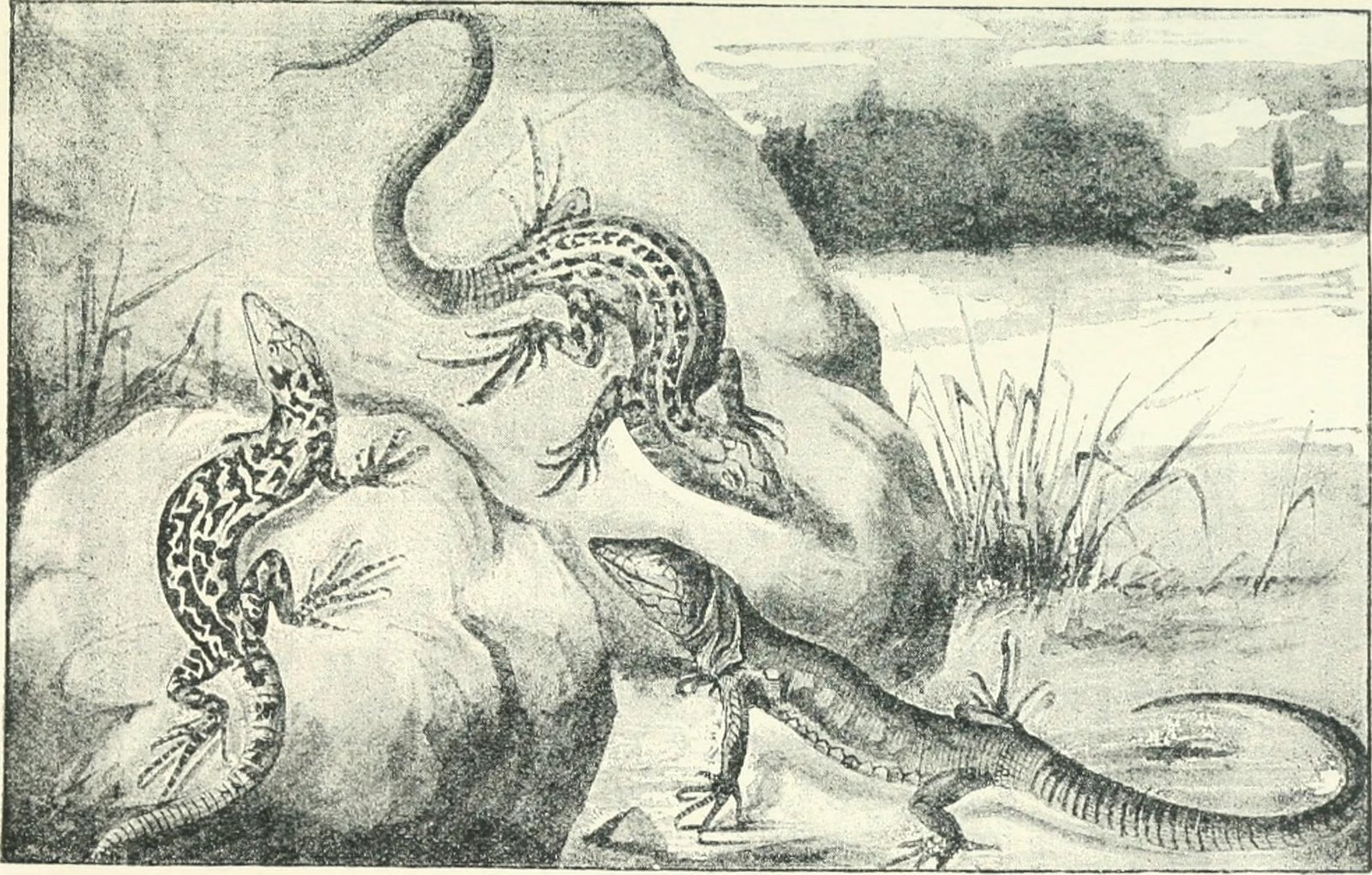
Reptiles are masters of body language, using posture, gestures, and movement to convey messages without uttering a single sound. A snake’s slow, rhythmic undulation can serve as a warning, while a lizard’s rapid push-ups on a sun-warmed stone can signal dominance or attract a mate. Geckos often sway or wave their tails to distract predators or communicate with rivals. These gestures are not random—they are shaped by millions of years of evolution, fine-tuned to each species’ unique environment and needs. Observing a lizard bobbing its head or a snake flattening its body reveals a silent conversation, one that only the keenest eyes can fully appreciate.
The Art of Color: Vibrant Hues and Their Hidden Messages
Color plays a dramatic role in reptilian communication. Many lizards, like the dazzling anoles, can shift the color of their skin to signal mood or intent. Bright colors often mean business—reds and blues may warn off competitors or attract mates, while duller tones help individuals blend into their surroundings when stealth is needed. Snakes, too, boast striking patterns that serve as warnings to predators: the bold bands of a coral snake, for instance, declare its venomous status. These color changes are not just beautiful; they are efficient, instant messages—nature’s equivalent of a flashing neon sign.
Tail Tales: Waving, Dropping, and Twisting for Survival
A reptile’s tail is more than just a balancing tool—it’s a vital part of its language. When threatened, some lizards wave their tails to lure predators away from their bodies. Geckos can even detach their tails in a dramatic display known as autotomy, sacrificing the expendable appendage to escape danger. Snakes, on the other hand, might vibrate their tails in dry leaves to mimic the warning rattle of a rattlesnake, even if they aren’t venomous. These tail tactics are clever, often lifesaving, and reveal just how creative reptiles can be in non-verbal communication.
Visual Displays: Head Bobs, Push-Ups, and Dramatic Poses
Visual displays are a cornerstone of communication for many reptiles, especially in open habitats where visibility is high. Male lizards, for example, often perform rapid head bobs and dramatic push-ups to show off their strength and ward off rivals. These displays can escalate into full-blown “dance-offs,” where the most impressive performer wins the territory or the mate. Even snakes, though often more subtle, may flatten their bodies or coil up in striking poses to look larger and more intimidating. These visual cues are like silent conversations, rich with meaning and critical for survival.
Scents and Pheromones: Chemical Conversations
While we might overlook the sense of smell, for reptiles, chemical signals are as important as sight. Snakes use their forked tongues to “taste” the air, gathering pheromones that tell them about nearby rivals, potential mates, or prey. Geckos and lizards secrete special oils from glands on their bodies, leaving scent trails that mark territory or advertise reproductive readiness. These invisible messages linger long after the sender has moved on, ensuring that their presence is known to others. In the world of reptiles, scent is the secret handshake, the whispered rumor, the invitation or warning that shapes their social networks.
Vibrations: Feeling the World Beneath Their Feet
Some reptiles, especially snakes, are finely attuned to vibrations in the ground. Without external ears, snakes “hear” by picking up subtle tremors through their jawbones and bodies. This ability allows them to sense the approach of predators or prey long before they can see them. Certain lizards use vibrations to communicate, too—by stomping their feet or rapidly drumming on the ground, they can send signals through the earth. It’s a hidden channel of communication, one we humans rarely notice, yet it plays a vital role in the secret lives of these silent conversationalists.
Camouflage: The Language of Disappearance
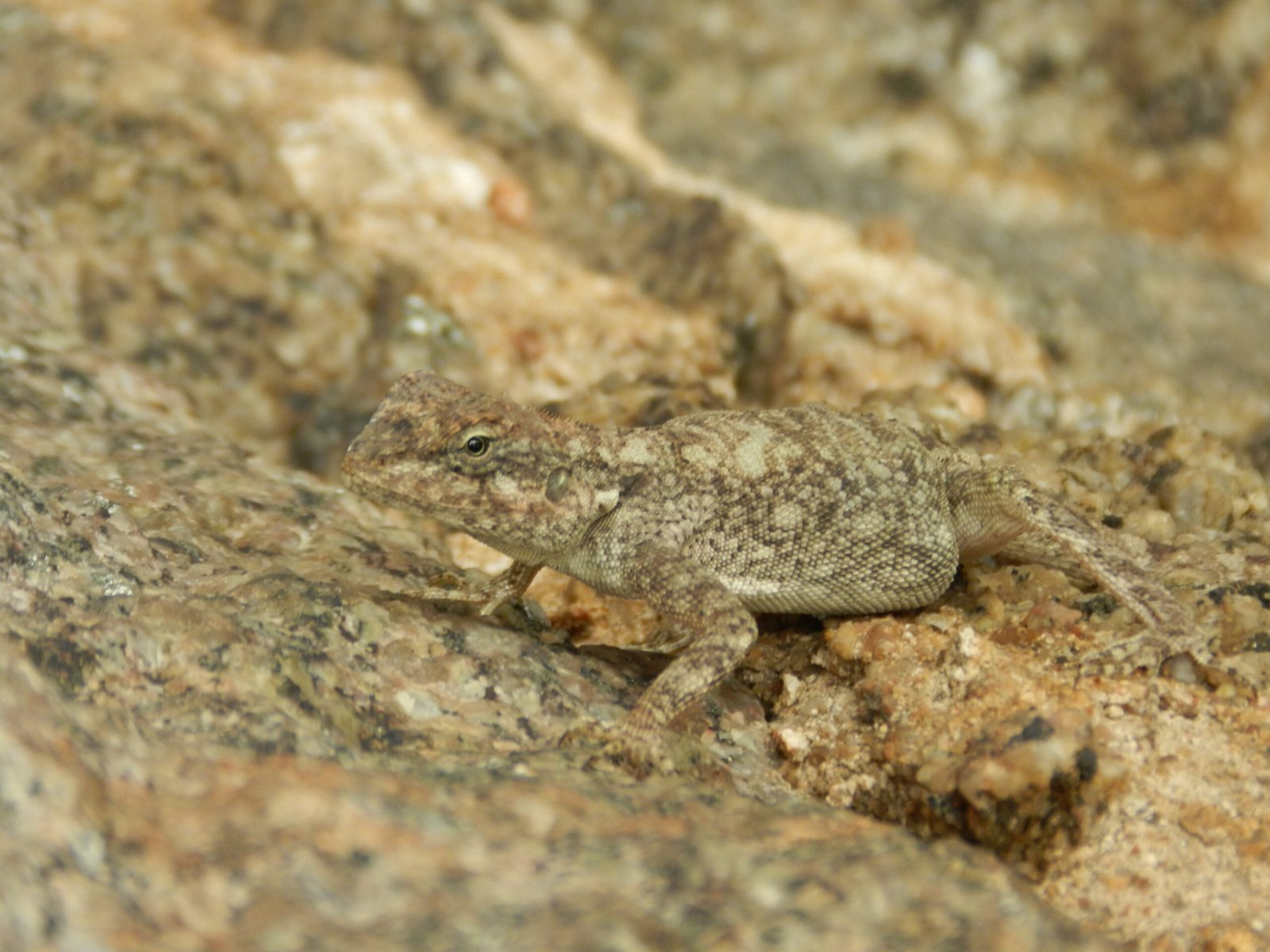
Blending in isn’t just about hiding—it’s often a message in itself. When a gecko shifts its skin to match the bark of a tree or a snake becomes all but invisible against the forest floor, it’s telling would-be predators, “You can’t see me, so don’t bother trying.” Camouflage can also be used during courtship or territorial disputes, allowing reptiles to approach rivals or potential mates without being detected. This artful disappearing act is a form of passive communication, as expressive and meaningful as the boldest display.
Territory Marking: Silent Claims and Boundaries
Many reptiles are fiercely territorial, and they use a combination of visual cues and scent markers to stake their claims. Male lizards, for instance, patrol their chosen patch of ground, performing conspicuous displays and depositing scent from special glands. These markers warn others to keep out or face a fight. Snakes may leave trails or use pheromones to signal their presence. This silent boundary-setting helps reduce conflict and ensures that resources are divided without constant battles—a quiet negotiation that keeps fragile ecosystems in balance.
Mating Dances: Courtship Without Words
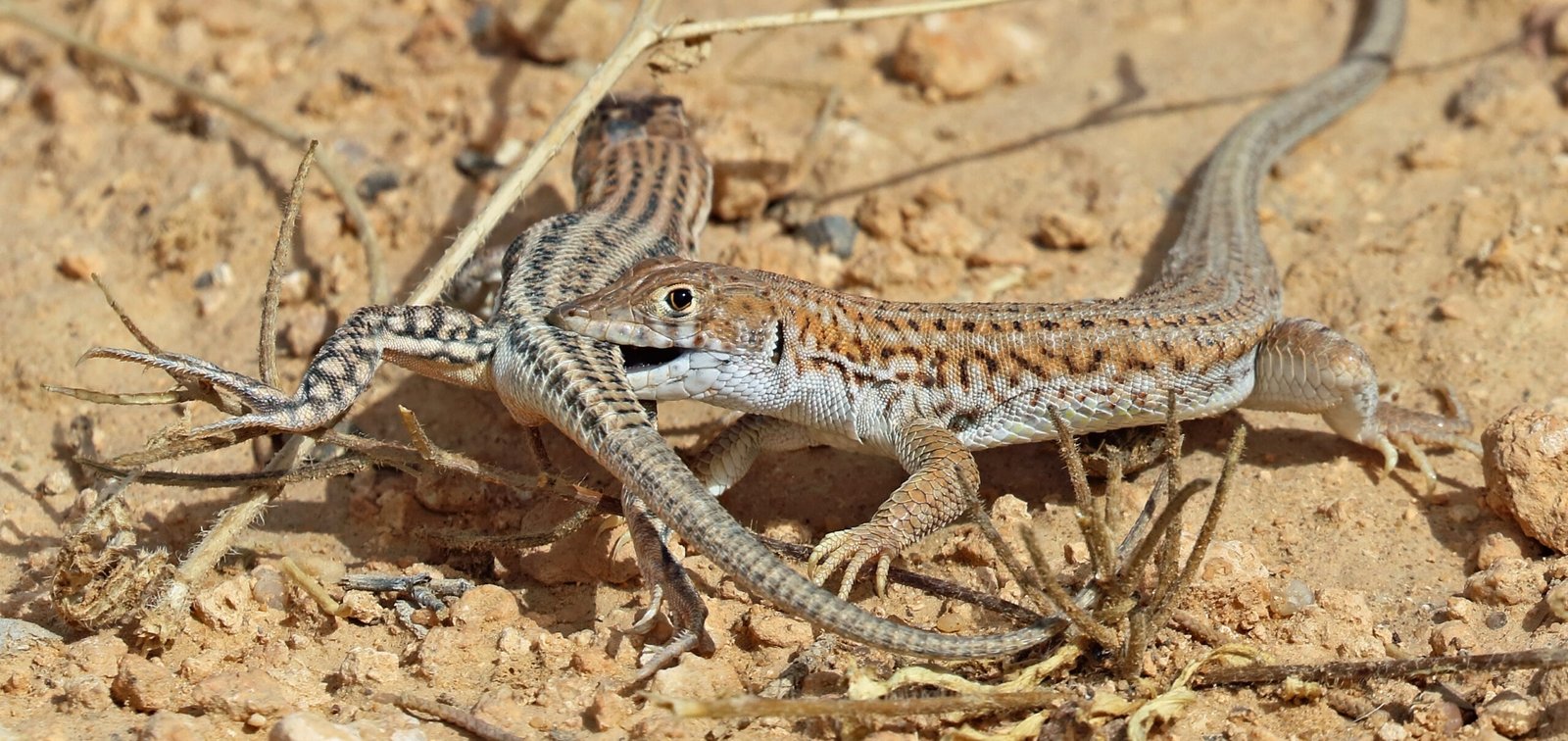
Courtship in reptiles is an intricate ballet, performed without a single sound. Male geckos may wave their tails, arch their backs, or display vibrant colors to captivate a female’s attention. Lizards like the bearded dragon perform elaborate arm-waving and head-bobbing sequences, each movement carefully judged by potential mates. Snakes may intertwine in a slow, mesmerizing “dance,” their bodies weaving together in a silent ritual. These wordless performances are both beautiful and crucial, ensuring that only the most fit and attentive individuals succeed in passing on their genes.
Warning Signs: Defending Against Predators
When danger looms, reptiles unleash a remarkable array of warning signals—each one a shout in their silent language. A snake might flatten its head and body, hiss, or feign a strike, creating a terrifying illusion to scare off attackers. Certain lizards flash bright colors or display their frills, making themselves look larger and more daunting. Geckos may arch their backs or lash their tails. These warning signs are bold, sometimes shocking, and often enough to save a reptile’s life without a fight ever taking place.
Sibling Rivalry: Hatchlings Communicate Too
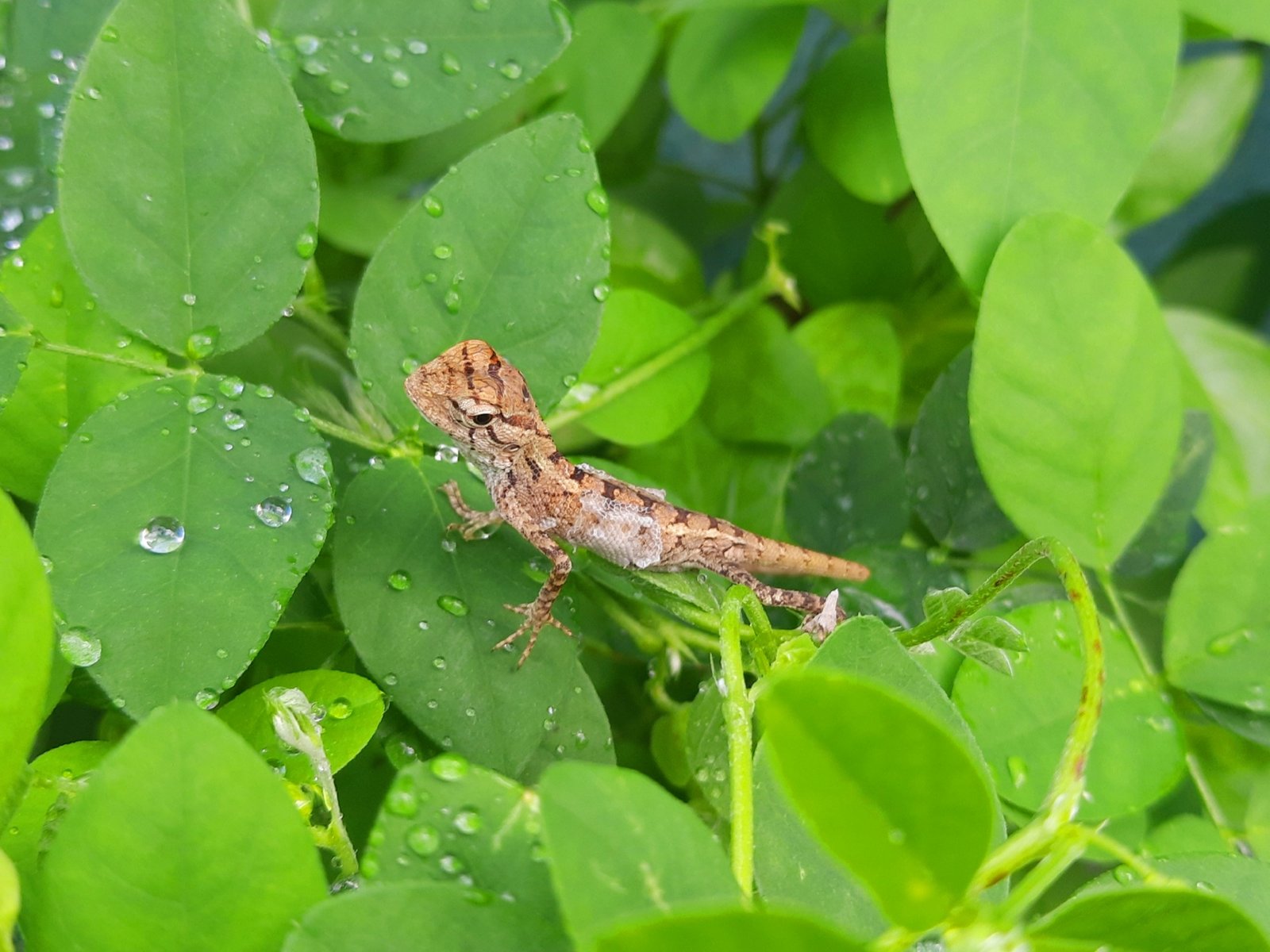
Even from their very first days, reptile hatchlings must communicate to survive. In some species, baby lizards jostle and push for the best basking spots, using body cues to establish pecking orders. Snakes in communal nests may sense the movement of their siblings and time their emergence to reduce their risk of predation. Young geckos use tail flicks and quick dashes to claim territory or avoid conflict. This early practice in silent communication sets the stage for the complex social lives they will lead as adults.
Stress Signals: When Reptiles Feel Threatened
Stress in reptiles is often invisible to untrained eyes, but their bodies tell a different story. A bearded dragon may darken its beard and flatten its body, while a stressed snake might coil tightly or seek tight spaces. Geckos may drop their tails or change colors rapidly. These stress signals are vital for caretakers and researchers to recognize, as they reveal much about an animal’s well-being and environment. Understanding these subtle cues can mean the difference between a thriving reptile and one that suffers in silence.
Learning and Memory: Recognizing Familiar Faces
Reptiles are not mindless creatures—they can learn, remember, and even recognize individuals. Some lizards have been shown to distinguish between familiar and unfamiliar humans, responding with different displays. Geckos may return to the same hiding spots or feeding areas, indicating a memory of their environment and the creatures within it. Snakes, too, can learn to associate certain cues with food or danger. This ability to remember and adapt shapes their social interactions, making their silent language even more nuanced and personal.
Nighttime Signals: Communication in the Dark
The world doesn’t go quiet when the sun sets—reptiles simply switch to night mode. Many nocturnal geckos, for example, rely more on touch and scent than on visual displays. They may rub their bodies along a branch or leave scent trails for others to follow. Some lizards glow under ultraviolet light, invisible to the human eye but clear to other reptiles. Even snakes, with their heat-sensing pits, can “see” the movements of warm-blooded animals in the dark, using this information to communicate and hunt. Night brings a new set of rules to the silent language.
Social Hierarchies: Establishing Order Without a Sound
In reptile groups, social hierarchies can be complex and ever-changing. Dominant individuals use posture, color, and movement to assert their status, while subordinates respond with submissive gestures—head lowering, body flattening, or retreat. These interactions often play out without physical conflict, relying on a shared understanding of silent signals. Geckos living in colonies may form intricate social webs, each member knowing its place. This quiet order maintains peace and ensures the group’s survival, all without a single hiss or chirp.
Adapting to Humans: Changing Communication in Captivity

Reptiles living alongside humans often adapt their communication to new environments. Pet lizards may learn to associate certain hand movements or routines with feeding time, responding with excitement or anticipation. Snakes in captivity can become accustomed to their keepers, showing different behaviors than they would in the wild. This adaptability reveals the intelligence and sensitivity of reptiles, challenging the stereotype of cold, unfeeling creatures. By paying attention to their silent language, humans can build deeper, more respectful relationships with these ancient animals.
Reptiles may not sing or chirp, but their world is far from silent. Through color, movement, scent, and touch, they tell their stories—of love, rivalry, danger, and survival—waiting for us to listen with more than just our ears. Next time you spot a snake slithering by or a lizard basking in the sun, ask yourself: what message are they sharing, just out of reach of human hearing?

